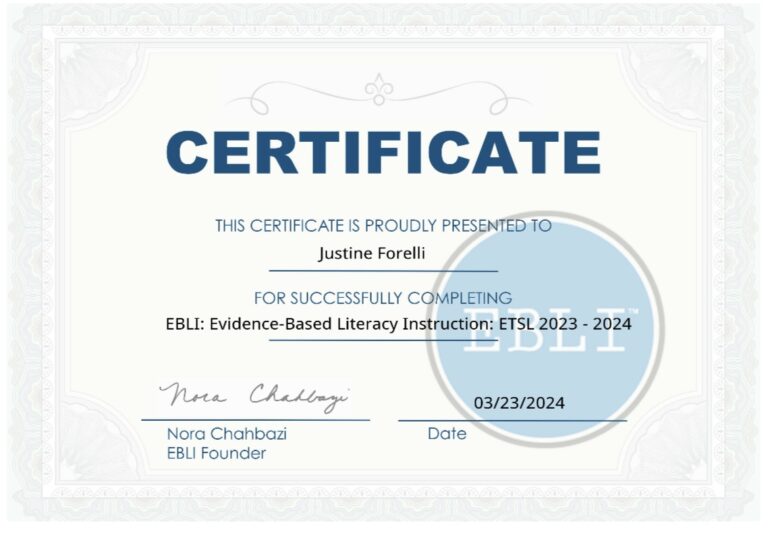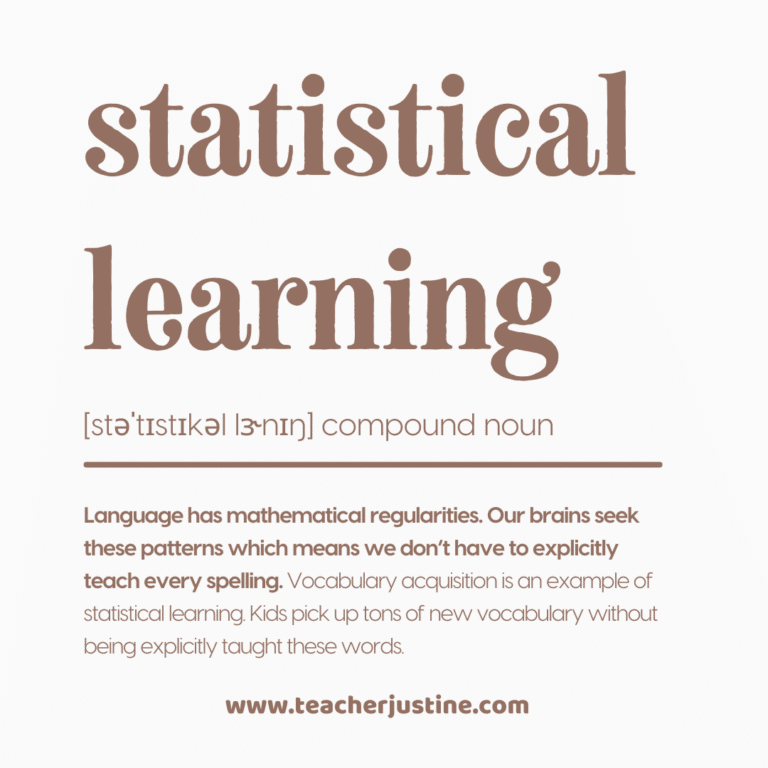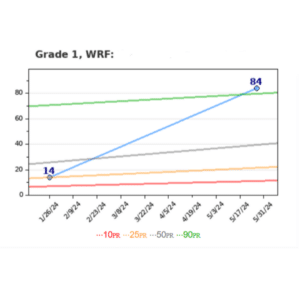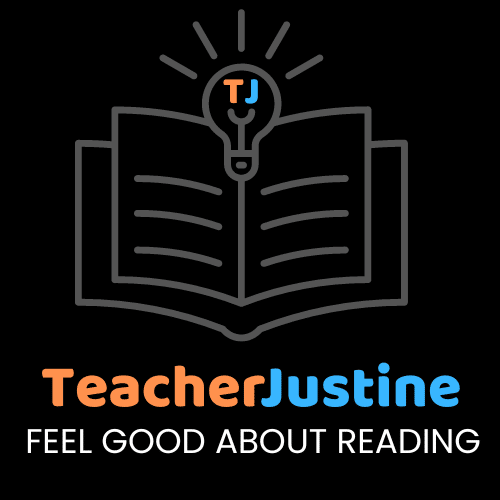Teacher Justine contains affiliate links and is a member of the Amazon Services LLS Associates Program. If you make a purchase using one of these Amazon links, I may receive compensation at no extra charge to you. See my disclosure policy for more information.
Becoming a Certified EBLI Instructor Has Made Me the Best Tutor Ever
As a reading and writing tutor, setting goals with my students is important for their success. And setting and achieving goals is also important for me. Today, I am proud to announce that I have completed my goal of becoming a Certified EBLI Instructor.
A little over a year ago, I started on my journey to become a certified Orton Gillingham (OG) tutor. However, after completing the OG Educator Level, I learned about another way to teach reading, writing, and spelling that uses a speech-to-print approach. This approach sounded intriguing to me. There are several speech-to-print approaches, but many people reported huge gains with EBLI (Evidence-Based Literacy Instruction). After doing my research, I decided to change my goal to become certified in EBLI.

What does being a certified EBLI instructor mean?
EBLI is a system of logic rather than a set of phonics rules. This means that I can engage my students on a deeper level about the English language rather than teaching rules and all the exceptions to the rules. This makes the EBLI method engaging for kids at all levels of ability.
With EBLI, I can rely on the power of the brain to apply statistical learning to reading and spelling. Statistical learning means that our brains seek out patterns and can predict the likely pronunciation or spelling of a word. We don’t have to teach explicitly ever single spelling pattern.
The EBLI sequence includes many activities that focus on discovering different spellings for the same sounds. For example, word sorts of same sound different spellings foster the statistical learning power of the brain. Instead of trying to remember rules, my students quickly consider the different possibilities and begin to choose the correct pronunciations and spellings.

Being a certified EBLI instructor means I have gone through all 140 EBLI activities with at least one student. And that I have documented their beginning, middle, and end progress. With this experience and knowledge, I efficiently guide all my students through the activities. I can anticipate which students will struggle with which activities and I can adapt my pace and choice of words or texts for them. This makes me diagnostic and prescriptive.
My evidence is in – EBLI tutoring works!
Now that I have finished the EBLI activities with several students and have many nearing the end in all tracks, it’s exciting to start collecting my own evidence of their success and progress. I love entering the beginning, middle, and ending reading scores into the database and watching the graph line shoot up.

Data is one way to show my students’ progress – anecdotes are another. This week alone I have received several encouraging messages from parents.
“Justine we appreciate you so much!!! Thank you for all that you have done with N. His reading has soared!”
“L has improved her reading rate — she scored 80 during her recent testing about a week ago, which is fantastic.”
“Z really like tutoring time since you have started tutoring him. And he has been super happy with the new words he has been learning.”
“I appreciate all your support throughout J’s journey. Recently, I asked her if she wants to continue with you over the summer and she enthusiastically said ‘Yes'”.
Happy Parents
Tweet
Setting my next goal as a certified EBLI instructor
Setting goals energizes us and gives us focus. Now that I have made my goal of becoming a Certified EBLI Instructor, it is time for me to set a new goal. My new goal is to extend my reading, writing, and spelling practice to focus more deeply on helping my students write longer pieces.
There is a section in the EBLI training with ideas of what to do with students after the activities. This is where I learned about a writing approach called Self-Regulated Strategy Development (SRSD). SRSD is a perfect way to deepen the writing methods already taught in EBLI.
“Arriving at one goal is the starting point to another.”
John Dewey, Democracy and Education
Tweet
My new goal is to use SRSD with students who are ready to work on writing composition. I have completed an online training with ThinkSRSD and have started working with my first student with this method. My goal includes learning to become good at designing writing prompts and creating exemplars for my students. It also includes showing students how to analyze exemplars and to apply good writing structure to their own writing. Finally, it includes teaching students how to set their own goals to become better writers.
Reading and writing are interconnected
Reading and writing go together. If you want to become a better writer, you need to read a lot. Read actively and notice and name what the writer is doing. Conversely, if you want to understand better what you are reading, then write about it. When we write about what we are reading, we become more active in our reading and have deeper insights.
Deep close reading where we stop and name what the writer is doing, helps us become a better writer. An activity I love, is becoming a sentence collector. While reading, I keep a notebook nearby so that I can write down sentences that capture my attention for the amazing way a writer was able to put ideas down in words. This is a fun activity to do with kids too.
Reading and writing tutoring
Writing seems like it should be easy – it is just putting thoughts on paper, after all. But it is not easy. It can be excruciating to get the thoughts out of your head, down your arm, and onto the paper or keyboard. You often don’t have enough time to write down the thought before it vanishes into thin air.
Tutoring reading is also easier than tutoring writing. This is because writing is a process. With writing we need time. Time to read closely the thing we are writing about. Time to understand the writing prompt. Time to try things. Time to cross things out and try again.
Both reading and writing are complex skills that when learned well give us something to do for the rest of our lives. We can always set higher and higher goals in our reading and writing. It’s tempting to let technology take over and do the work for us, but if we persist and become good readers and writers, we stay connected to our humanity and always have something to strive for.
Becoming a certified EBLI instructor has made my job of helping kids become better readers and writers very fulfilling. You can read about how the kids love it too in 5 Reasons Kids love EBLI Tutoring. I’m excited to keep getting better at my craft and to add in more writing instruction using SRSD for students who are ready.
